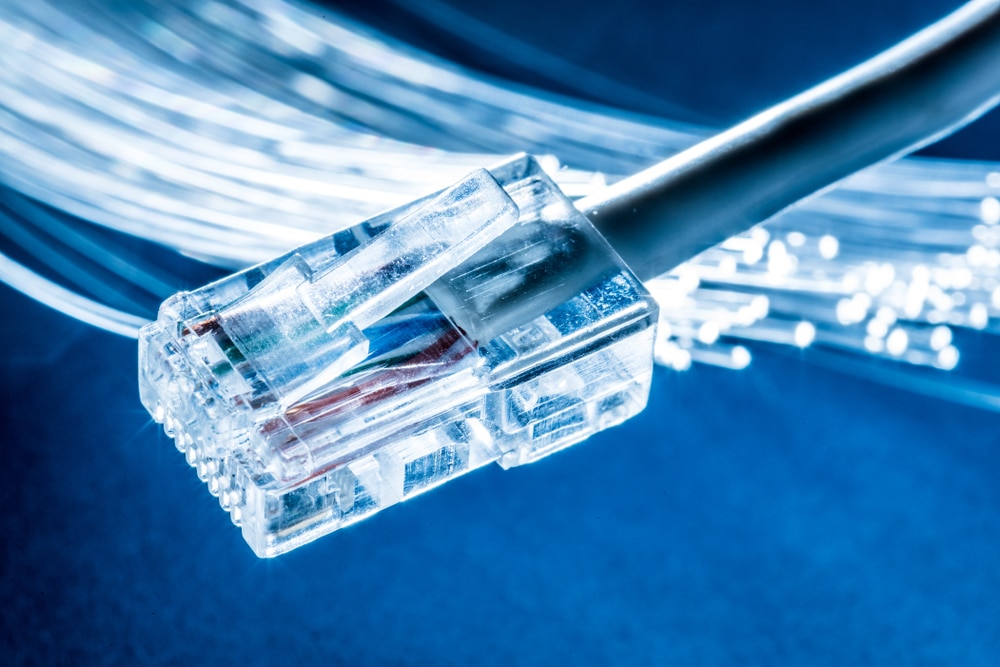
The History of Fiber Optics
The world wants information fast, and that’s exactly what fiber optics offer. Fiber optic networks are rapidly replacing the older, slower, and less reliable copper wire networks. Created using two layers of glass, fiber optics works by allowing one layer to transmit data and one to receive it (in most cases). The use of fiber optics has many advantages, including a high carrying capacity, immunity to electromagnetic interference, and the ability to transmit unlimited amounts of information.
The Earliest Stages
Modern fiber optics have come a long way in just a few years, but today’s inventors and scientists wouldn’t be where they are without the initial discoveries made in the 1800s. It began in 1840 when physicists Jaques Babinet and Daniel Collodon proved that the water jets in fountains can redirect light. By 1854, another physicist, John Tyndall, discovered that light signals could be tilted through curved water streams. Other breakthroughs in the 1800s that led to modern fiber optics included the invention of the optical telephone system in 1880, the use of curved rods to light body cavities in 1888, and Henry Saint-Rene’s bent glass rod system that served as an early attempt at television in 1895.
The Early 20th Century
More breakthroughs occurred in the first half of the 1900s. Although John Logie Baird and Clarence W. Hansell patented the idea for television in the 1920s, Heinrich Lamm was the first person to transmit an image with optical fibers in the 1930s. In 1951, Hogler Moeller sought a Danish patent that proposed using plastic or glass fibers with a transparent, low-index material. His patent was denied because of Baird’s patent.
Modern Day Achievements
Most of the advancements in fiber optics have occurred in the past 50 years. In 1961, American Optical’s Elias Snitzer wrote and published a theoretical description of single-mode fibers. These fibers would be so small that they could carry light with a single waveguide mode. While this would work for medical instruments, it was not suitable for communications because it lost light at a decibel per meter. Dr. C.K. Kao created theoretical specification for long-range communication devices in 1964 and established the standard with a light loss of 10-20 decibels per kilometer.
Even more advancement came in the 1970s. At the turn of the decade, a team of researchers started experimenting with fused silica, which has an extremely high melting point and includes Optical Waveguide Fibers. These fibers, which carry 65,000 times more information than copper wiring, were invented by Donald Keck, Peter Schultz, and Robert Maurer, all researchers at Corning Glass. By 1975, the United States government was using fiber optics to link computers and reduce interference. The first optical telephone system was installed under downtown Chicago in 1977, and by the end of the 20th Century, more than 80% of the world’s long-distance phone calls used fiber cables.
Uses of Fiber Optics
When you imagine fiber optic cables, you may only think of them in terms of communication. However, they have many other uses as well. A few examples are:
- Medical – Fiber optics are tiny, flexible strands that doctors can use to explore the inner workings of the human body. They are useful for insertion into blood vessels, lungs, and other tiny spaces.
- Networking – As a part of communication, fiber optic cable is quite popular for networking servers together because it transmits more data with higher speed and accuracy.
- Industrial – Fibers are excellent for sensory devices needed in commercial and industrial settings. They are also common for broadcasting and cable companies that wire HDTV, the internet, and video-on-demand services.
- Government – Governments around the world use fiber optics for their SONAR as well as for wiring in submarines, planes, and other vehicles that require precision and no interference.
The Future of Fiber Optics
Fiber optic cables are taking over the world, and for good reason. They’re fast, they’re affordable, and they’re versatile. The preform market expects fiber optics to be a $9.2 billion industry by 2026, especially as more people receive access to higher internet speeds via the cabling.
Check out our last post: How Fiber Optics Connects Us





No Comments
Sorry, the comment form is closed at this time.